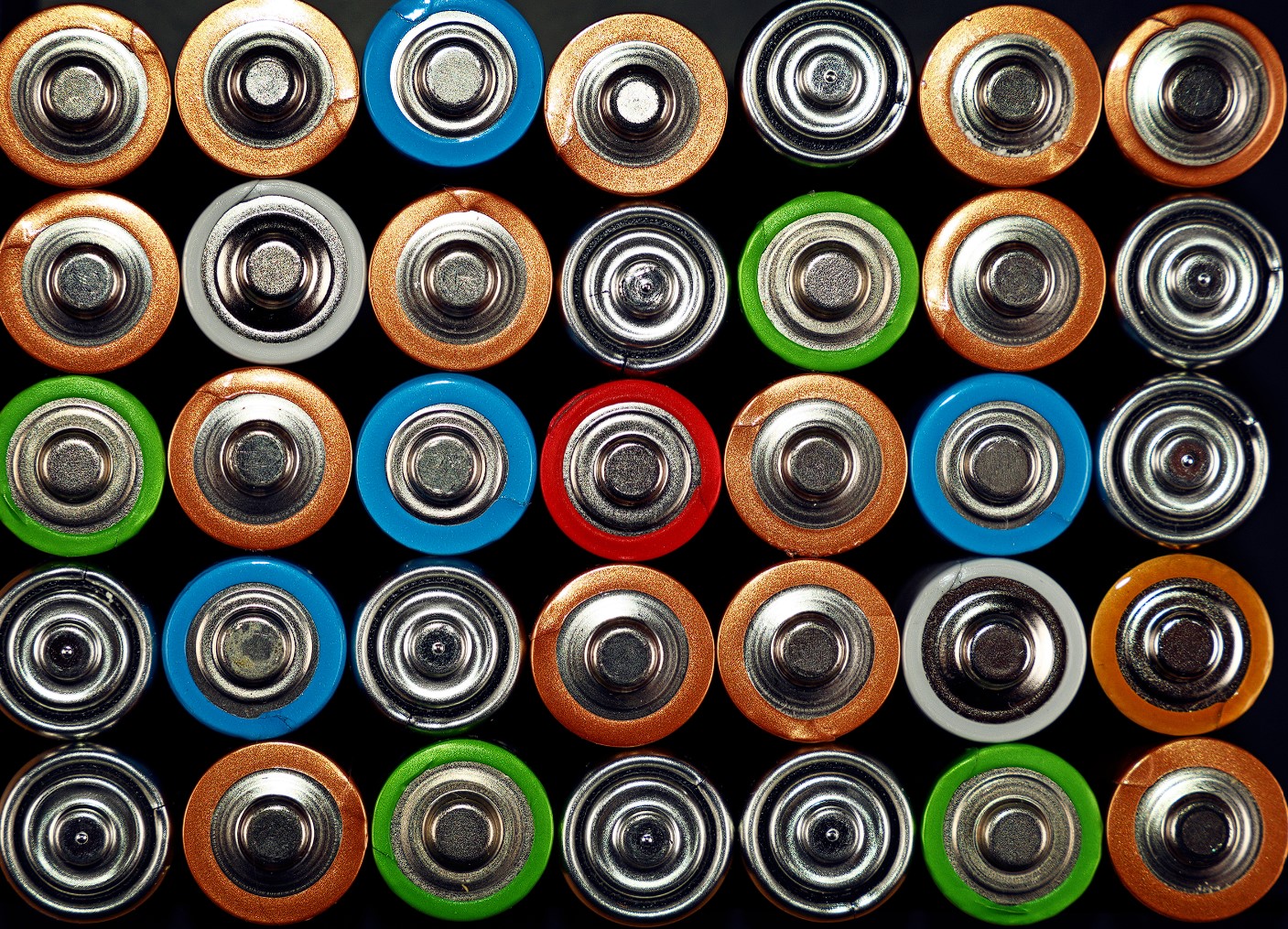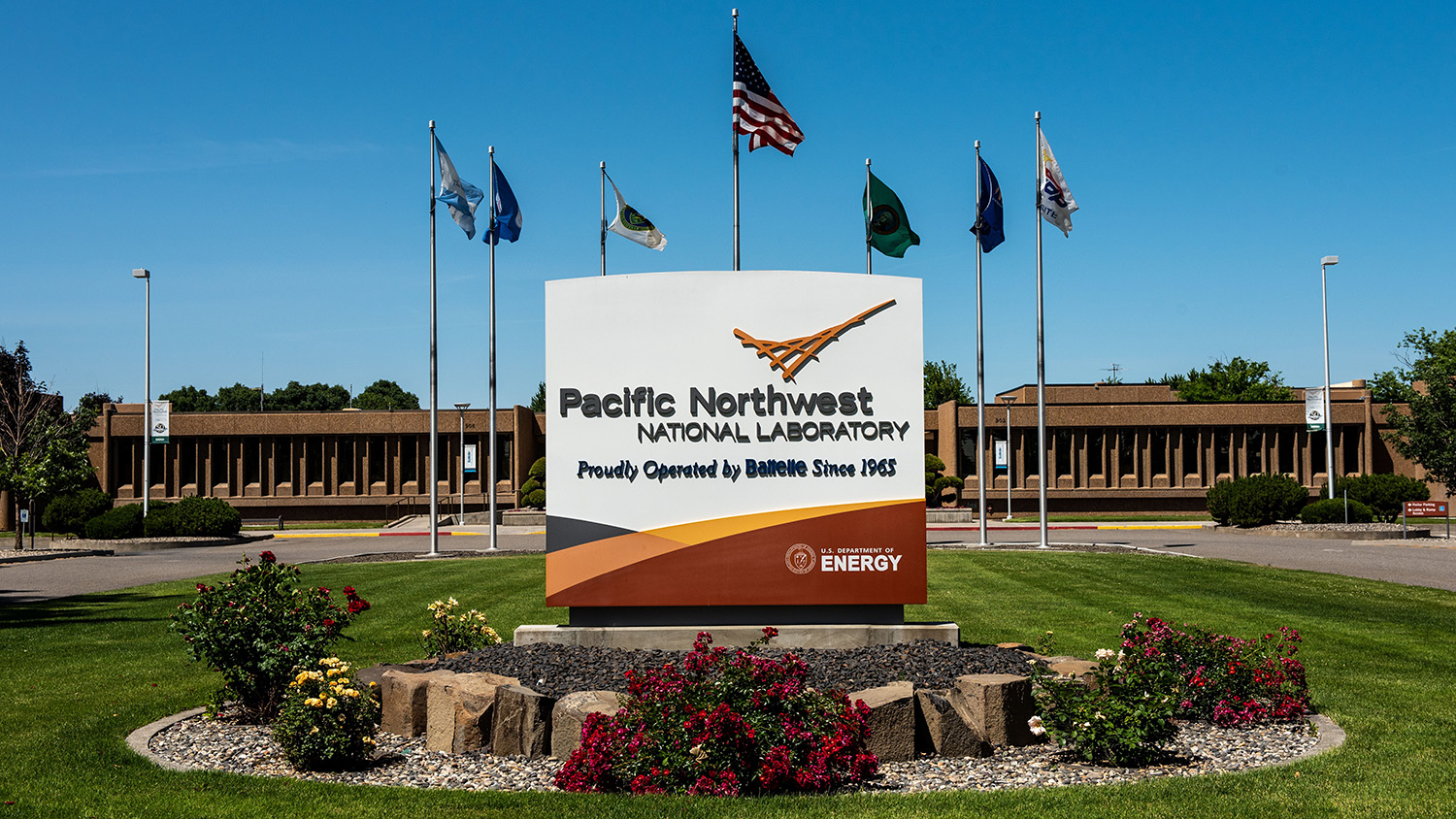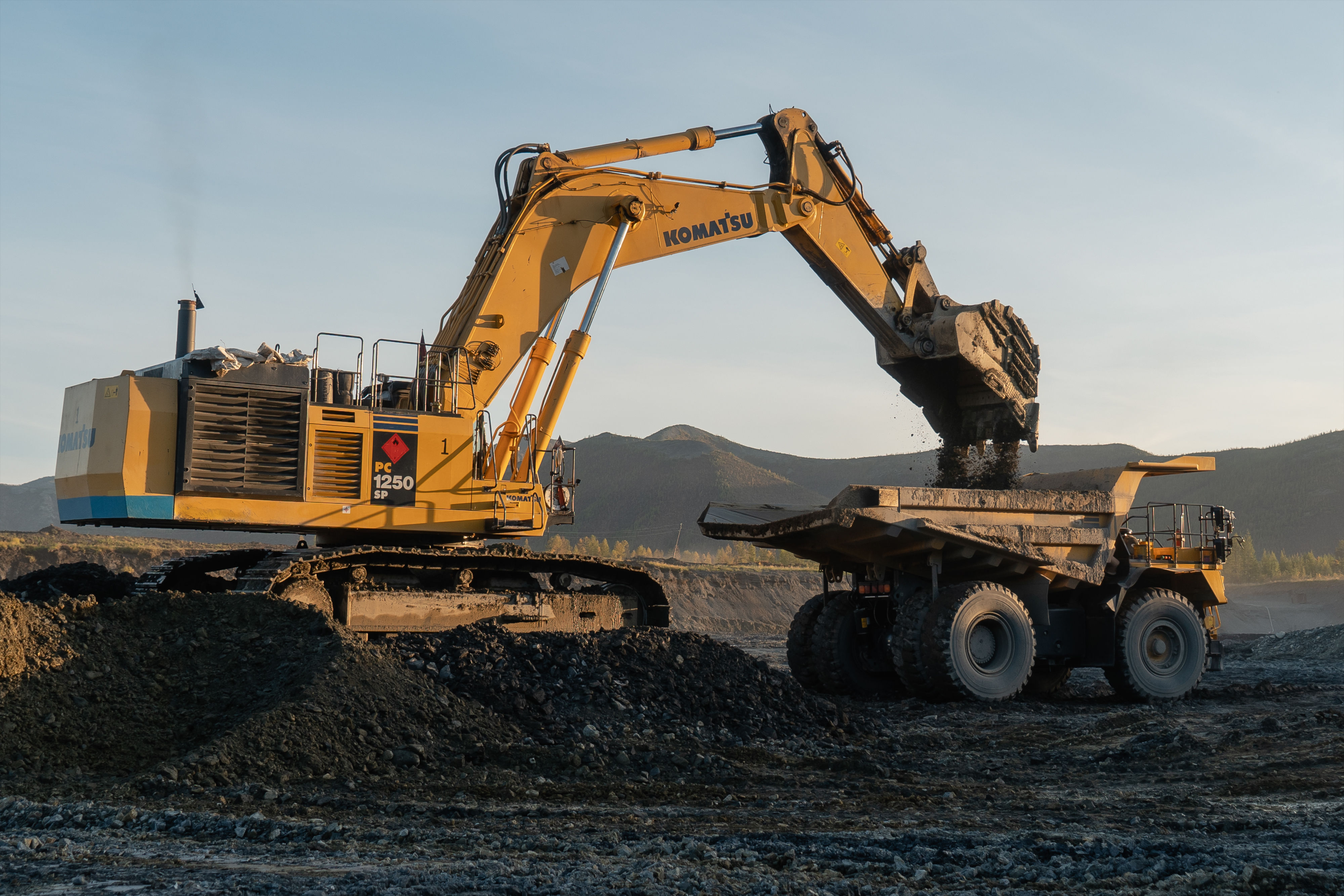AI finds revolutionary battery material

In a groundbreaking achievement, Microsoft, in collaboration with the Pacific Northwest National Laboratory (PNNL), has harnessed the power of artificial intelligence (AI) and supercomputing to uncover a revolutionary substance with the potential to dramatically reduce the use of lithium in batteries. This discovery, which has the potential to reduce lithium consumption by up to 70%, could usher in a new era of sustainable energy storage solutions.
The Birth of a Game-Changer Microsoft and PNNL's joint project, powered by advanced AI and high-performance computing, has yielded a groundbreaking material in less time than ever imagined. Researchers used AI to screen as many as 32 million possible inorganic materials, narrowing the list down to 18 promising candidates in just one week. This accelerated screening process, which would have taken over two decades using traditional laboratory research methods, underscores the transformative power of AI in scientific discovery.

From the initial discovery to the development of a working battery prototype, the entire process took less than nine months, marking a remarkable achievement in the world of materials technology.
The AI revolution
Jason Zander, an executive vice president at Microsoft, emphasized the tech giant's mission to compress centuries of scientific discovery into just a few decades. He believes that technologies such as AI are the future of scientific research. The ability to harness AI and supercomputing enables researchers to explore uncharted territories and develop breakthrough materials at an unprecedented pace.
The lithium dilemma
Lithium, often referred to as "white gold," has a huge market value and is a vital component in rechargeable batteries, including lithium-ion batteries that power a host of devices, from electric vehicles (EVs) to smartphones. But as demand for lithium continues to rise, the world faces a shortage as early as 2025, according to the International Energy Agency.

Demand for lithium-ion batteries is expected to increase up to tenfold by 2030, resulting in a desperate race to build battery factories to keep up with this insatiable appetite. Lithium mining is not without controversy, as it consumes significant amounts of water and energy and leaves a significant environmental footprint.
The Holy Grail of battery materials
Reducing reliance on lithium while maintaining excellent energy storage capacity is the ultimate goal of the lithium-ion battery industry. Dr. Nuria Tapia-Ruiz, who leads a team of battery researchers at Imperial College London, refers to materials with reduced lithium content and robust energy storage capacity as "the holy grail." She recognizes the crucial role that AI and supercomputing will play in predicting new high-performance materials in the future.
Cautious optimism
Although the AI-derived material, currently called N2116, shows enormous potential, experts such as Dr. Edward Brightman of the University of Strathclyde for caution. He emphasizes the need to carefully approach this technology, as it could potentially produce misleading results or materials that cannot be synthesized in the laboratory.
A sustainable energy storage solution
N2116 is a solid electrolyte and has been extensively tested by researchers who have developed it from a raw material to a working prototype. Solid batteries, like the one made possible by this AI discovery, offer greater safety compared to traditional liquid or gel-like lithium batteries. Furthermore, these next-generation solid state lithium batteries are expected to provide faster charging and higher energy density, with thousands of charge cycles.
A new type of AI
Microsoft's innovative AI approach is powered by a new type of AI specifically trained on molecular data, enabling it to decipher complex chemistry. This AI relies on scientific material databases and properties, ensuring data reliability for scientific discovery. The software quickly narrowed the list to 18 candidates, allowing the battery experts at PNNL to select the final material for laboratory experiments. Karl Mueller of PNNL emphasized the transformative role of AI, saying it led them "to potentially fertile areas so much faster" than conventional methods. This acceleration allowed them to quickly change, test and fine-tune the chemical composition of the new material and evaluate its viability for a working battery. This feat highlights the enormous potential of advanced AI to accelerate the innovation cycle and pave the way for sustainable energy solutions.
Latest gadgets
-
19 Sepgadgets
-
23 Maygadgets
LaserPecker LP5 Laser Engraver
-
01 Maygadgets
Swytch launches Swytch Max+ Kit
-
10 Margadgets
DJI AIR 3S
-
03 Margadgets
Razer Wolverine V3 Pro
-
21 Febgadgets
OBSBOT Tiny 2 SE
-
13 Febgadgets
Corsair launches Platform:4
-
17 Jangadgets
Nerdytek Cycon3
Most read gadgets
Latest gadgets
-
19 Sepgadgets
DJI launches Mini 5 Pro
-
23 Maygadgets
LaserPecker LP5 Laser Engraver
-
01 Maygadgets
Swytch launches Swytch Max+ Kit
-
10 Margadgets
DJI AIR 3S
-
03 Margadgets
Razer Wolverine V3 Pro
-
21 Febgadgets
OBSBOT Tiny 2 SE
-
13 Febgadgets
Corsair launches Platform:4
-
17 Jangadgets
Nerdytek Cycon3






